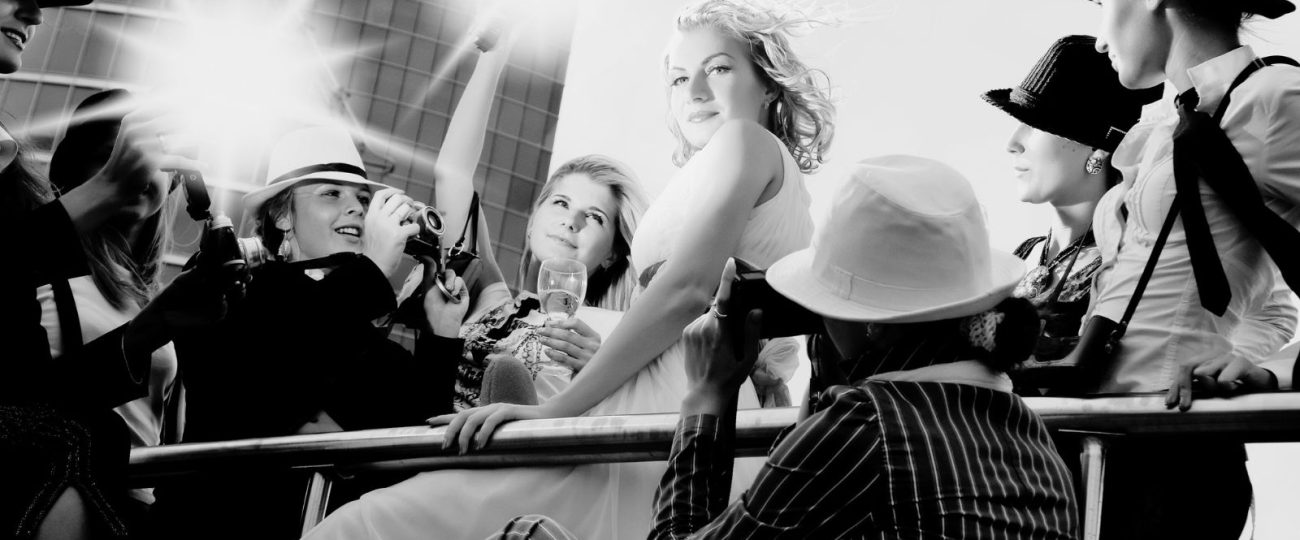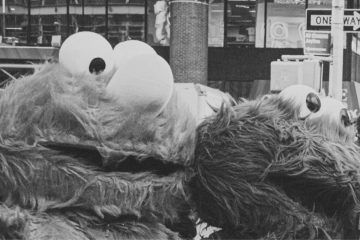What Happened On August 5th?
On August 5, 1962, Eunice Murray, Marilyn Monroe’s housekeeper, discovered her lifeless body in her Los Angeles home. She sensed something was amiss when she noticed a light still on in Monroe’s bedroom. After receiving no response to her knocks and realizing the door was locked from the inside, she called Dr. Ralph Greenson, Monroe’s psychiatrist. Greenson arrived shortly thereafter, broke into the room through a window, and found Monroe lying face down on her bed, clutching a telephone receiver.
The scene haunted those who saw it. Monroe lay nude, with an empty bottle of sleeping pills by her bedside. Dr. Greenson pronounced her dead and called the police at around 4:25 a.m. Authorities determined the official cause of death as an overdose of barbiturates, leading to a probable suicide. However, the circumstances surrounding her death quickly sparked speculation and conspiracy theories.
The Final Act
In the days leading up to her death, Monroe’s behavior raised concerns among those close to her. On August 4th, she spent the afternoon at her Brentwood home after a photoshoot for Vogue. Her friend and publicist, Pat Newcomb, spent the night at her house but left after an argument that morning. Monroe then had a series of phone calls with various friends and associates, including actor Peter Lawford, who later recounted that Monroe had sounded distressed and despondent during their conversation.
On the evening of August 4th, Monroe had dinner with Newcomb and then retired to her bedroom early. She made several phone calls, including one to her stepson Joe DiMaggio Jr., and spoke briefly with him about his recent breakup with a girlfriend. This call appeared to be a normal, caring conversation, showing Monroe’s attempt to connect with loved ones despite her internal turmoil.
Behind Closed Doors
Housekeeper Eunice Murray’s intuition prompted her to check on Monroe in the early hours of August 5th. Unable to enter the bedroom, she contacted Dr. Greenson, who broke a window to gain entry. Monroe’s lifeless body lay face down on the bed, with a telephone receiver clutched in her hand. The sight of the empty pill bottles signaled a potential overdose.
Police arrived and found the scene meticulously arranged. They noted the presence of the empty pill bottle and the lack of any drinking glass, raising questions. Monroe’s bedside table, usually cluttered, appeared unusually tidy. The time gap between Monroe’s death and the notification of authorities also fueled suspicions. Despite these inconsistencies, the coroner’s office quickly ruled her death a probable suicide, citing her history of drug use and mental health struggles.
One of the more peculiar aspects of the scene was the presence of a partially read book by her bed, “To Kill a Mockingbird” by Harper Lee. This indicated that Monroe had perhaps sought solace in literature during her final hours. Additionally, there were reports of Monroe’s diary containing several unfinished entries, where she pondered her career and personal relationships.
Theories & Speculations
Monroe’s death sparked numerous conspiracy theories. Some speculated that she had been murdered due to her associations with the Kennedy family, suggesting a cover-up to protect their reputations. Others posited that she had accidentally overdosed, misjudging the potency of the barbiturates. There were also claims that the scene had been staged to look like a suicide.
Inconsistencies in witness statements, the delayed police notification, and the lack of forensic evidence added to the mystery. Despite extensive investigations, no definitive evidence emerged to support these theories.
One of the most persistent theories involved Monroe’s alleged involvement with the Kennedys. Reports emerged that she had kept a red diary containing details of her interactions with them, which some believed held sensitive information. This diary was never found, leading to rampant speculation about its contents and potential motives for foul play. Additionally, some witnesses claimed to have seen unknown individuals entering her home on the night of her death, further fueling suspicions of a cover-up.
After The Final Bow
Fans mourned the loss of a beloved icon, while the media dissected her life and untimely demise. Her funeral, held on August 8, 1962, at the Westwood Village Memorial Park Cemetery, was a private affair, attended by close friends and family. Joe DiMaggio, Monroe’s former husband, took charge of the funeral arrangements and ensured a simple yet poignant ceremony.

A particularly touching detail from her funeral was the presence of roses sent by DiMaggio to Monroe’s grave twice a week for 20 years after her death. This gesture highlighted the enduring bond between the two, despite their tumultuous relationship. Additionally, Monroe’s Brentwood home became a site of pilgrimage for fans and admirers, further cementing her place in popular culture.
The Spotlight & Shadows
Marilyn Monroe, born Norma Jeane Mortenson on June 1, 1926, rose to fame in the late 1940s and 1950s. She became one of the most enduring sex symbols of all time. Her films, such as “Gentlemen Prefer Blondes” and “Some Like It Hot,” showcased her comedic talent and undeniable charisma. Despite her public success, Monroe struggled with failed marriages, substance abuse, and mental health issues.
Monroe’s personal life was as tumultuous as it was public. She had recently finished filming “Something’s Got to Give,” a project plagued by delays and production issues. Her behavior on set became increasingly erratic, leading to her eventual dismissal. Despite her reinstatement, the film remained unfinished at the time of her death. Monroe’s interactions with notable figures like President John F. Kennedy and his brother, Robert Kennedy, added layers of intrigue to her public and private life, fueling the ever-present media frenzy around her.
Monroe’s rise to fame was meteoric, but her childhood was marred by instability and trauma. Born to a single mother who struggled with mental illness, Monroe spent much of her youth in foster homes and orphanages. Despite these hardships, she emerged as a symbol of resilience and glamour. Her breakthrough came with a modeling career that led to a contract with 20th Century Fox. Soon after, her film career took off. Yet, beneath the surface of her public persona, Monroe grappled with deep-seated insecurities and the relentless pressure of her celebrity status.
Monroe’s impact on the fashion world was significant. She popularized the “platinum blonde” look and helped to redefine Hollywood glamour with her iconic style. Her influence extended beyond film, with many of her fashion choices, such as the white dress from “The Seven Year Itch,” becoming timeless symbols of beauty and sophistication. Monroe also broke new ground in negotiating her contracts, demanding more control over her roles and earning the status of a businesswoman in an industry dominated by men.





